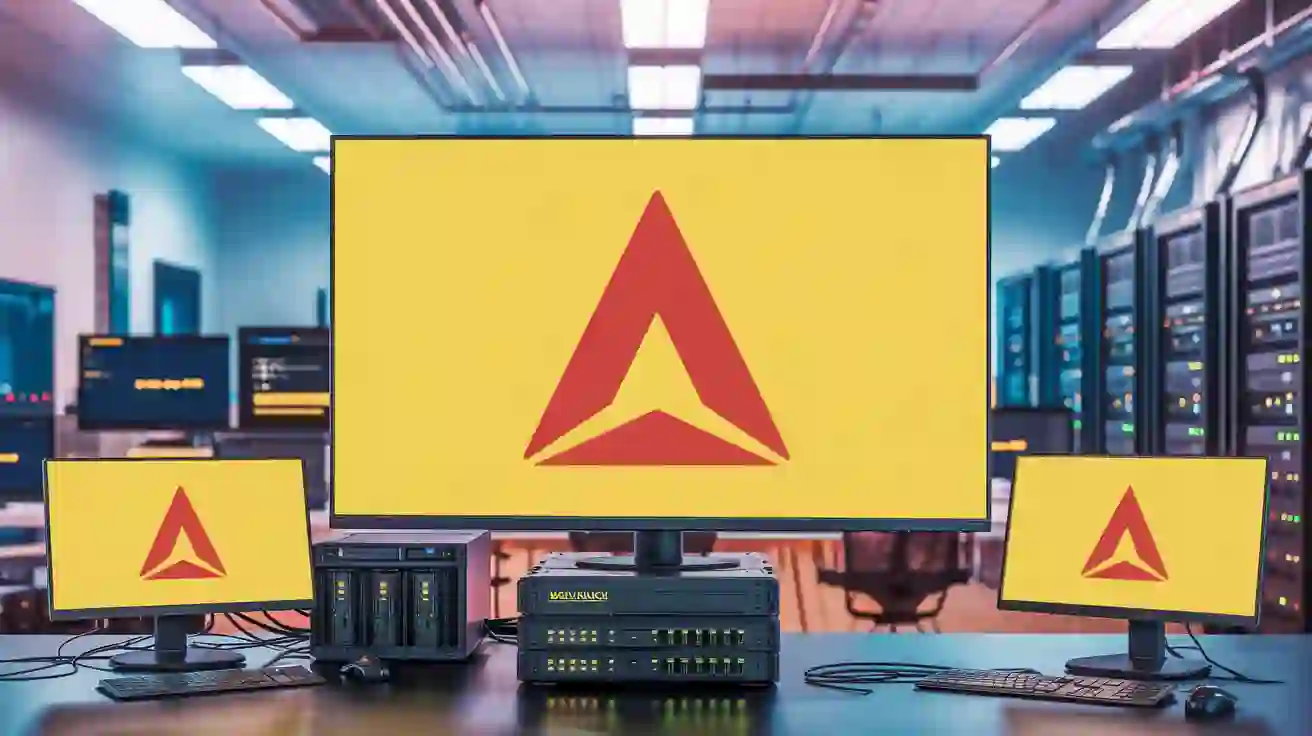Blockchain technology is evolving rapidly, with new platforms emerging to address existing limitations and enhance functionality. Among these, Avalanche has distinguished itself as a powerful and scalable blockchain network designed for decentralized applications (dApps) and custom blockchain solutions. With its unique consensus mechanism and high-speed transactions, Avalanche is considered one of the leading competitors to Ethereum.
What is Avalanche?
Avalanche, developed by Ava Labs, is an open-source blockchain platform that allows developers to create multi-functional blockchains and dApps with remarkable ease. Unlike traditional blockchain networks that struggle with slow transactions, high fees, and centralization concerns, Avalanche is designed to provide enhanced scalability, decentralization, and efficiency.
The network employs a unique consensus protocol, known as the Avalanche consensus, which enables fast transactions, increased security, and resistance to 51% attacks. This innovative approach ensures that Avalanche can scale without compromising security or decentralization.
Avalanche officially launched its mainnet in September 2020 after raising $42 million in a token sale, which sold out within five hours. The project has since attracted significant investments, with Polychain Capital and Three Arrows Capital leading a $230 million funding round in 2021. By April 2022, Avalanche had secured an additional $350 million in funding, raising its valuation to an impressive $5.2 billion. Today, Avalanche is the third-largest blockchain by total value locked (TVL), trailing only Ethereum and BNB Chain.
How Does Avalanche Work?
Avalanche’s architecture is distinct from many blockchain networks as it is composed of three interoperable blockchains:
- Exchange Chain (X-Chain): Responsible for the creation and exchange of digital assets within the network.
- Contract Chain (C-Chain): Supports smart contracts and is compatible with the Ethereum Virtual Machine (EVM), enabling developers to migrate Ethereum-based dApps seamlessly.
- Platform Chain (P-Chain): Manages network validators, coordinates the creation of subnets, and ensures efficient blockchain operations.
Two of these blockchains (C-Chain and P-Chain) use the “Snowman” consensus protocol, which enhances the speed and security of smart contracts. Meanwhile, the X-Chain employs the DAG-optimized Avalanche consensus, which enables near-instant transaction finality. By segmenting its infrastructure across these three chains, Avalanche optimizes performance while maintaining flexibility and security. This approach makes it ideal for both public and enterprise-level applications.
At the heart of the Avalanche ecosystem is AVAX, the network’s native utility token. AVAX is used for staking, transaction fees, and serving as a unit of account between Avalanche subnets.
What Makes Avalanche Unique?
One of Avalanche’s most striking features is its ability to process up to 4,500 transactions per second (TPS)—a significant improvement over Bitcoin (7 TPS) and Ethereum (14 TPS). Additionally, Avalanche transactions achieve finality within three seconds, making it an ideal choice for developers looking to build high-speed, decentralized applications.
Beyond its speed, Avalanche also stands out due to its focus on interoperability. The platform allows communication between different subnets and supports cross-chain value transfers, addressing one of the key challenges in blockchain technology. This interoperability enables a seamless flow of assets and data across multiple blockchains.
Another defining feature of Avalanche is its inclusivity. Unlike many proof-of-stake (PoS) blockchains that limit validator participation, Avalanche allows anyone staking at least 2,000 AVAX to become a validator. This open approach strengthens network security and ensures a more decentralized system.
Interestingly, Avalanche does not enforce “slashing,” a common practice in PoS networks where misbehaving validators lose a portion of their staked assets. This approach fosters a more forgiving yet robust ecosystem for validators.
Key Applications of Avalanche
Avalanche is designed to cater to a wide range of use cases, making it one of the most versatile blockchain platforms. Some of its primary applications include:
- Decentralized Finance (DeFi): Avalanche supports a thriving DeFi ecosystem, hosting projects such as Aave, Curve, and Trader Joe. Its low fees and fast transactions make it a preferred choice for DeFi applications.
- Enterprise Blockchain Solutions: Companies can create permissioned (private) or permissionless (public) blockchains tailored to their specific needs.
- Tokenization of Assets: Users can issue and trade digital assets on the Avalanche network, leveraging its high-speed transaction capabilities.
- Gaming and NFTs: The platform’s fast processing speed and low-cost transactions make it a popular choice for blockchain gaming and NFT marketplaces.
- Prediction Markets and Stablecoins: Avalanche is used in financial applications such as prediction markets (e.g., Prosper) and stablecoins (e.g., Bilira, a Turkish Lira stablecoin).
Where to Buy AVAX
The AVAX token is widely available for trading on major cryptocurrency exchanges, including Binance, OKEx, Bitfinex, Huobi Global, CoinEx, Paribu, WazirX, OKCoin, and Hotbit. Investors can purchase AVAX using various fiat and crypto trading pairs.
We are proud to officially introduce DeFi Kingdoms Blockchain aka DFK Chain! 👑🔗
Powered by @avalancheavax 🔺 DFK Chain will be the home of the previously announced Crystalvale expansion!https://t.co/EZvmRvu4oG pic.twitter.com/ii7slTx8o8
— DeFi Kingdoms 🔺🌿 (@DeFiKingdoms) March 8, 2022
The Future of Avalanche
As the Avalanche network continues to expand, developers are exploring new ways to accommodate its growing user base while maintaining efficiency and affordability. One of the most promising developments is the introduction of subnets.
What Are Subnets?
Subnets are independent blockchains that run parallel to the Avalanche mainnet. They enable developers to create custom blockchain networks while remaining connected to Avalanche’s ecosystem. Subnets help distribute network traffic, preventing congestion and keeping transaction fees low.
By leveraging subnets, Avalanche can avoid the scalability issues that have historically plagued Ethereum. In March 2022, Avalanche launched the Avalanche Multiverse—a $290 million initiative designed to incentivize developers to build customized subnets tailored to their projects.
Subnets also open the door for traditional financial institutions to integrate blockchain solutions. They can be customized to include Know Your Customer (KYC) compliance features, making them attractive to regulatory-compliant enterprises.
Adoption and Expansion
Several major projects have already begun utilizing Avalanche’s subnet technology. One notable example is DeFi Kingdoms, a play-to-earn game initially built on Ethereum’s Harmony network. By moving to an Avalanche subnet, DeFi Kingdoms can benefit from faster transactions and lower costs while maintaining its connection to the broader Avalanche ecosystem.
To further streamline transactions, Avalanche has also introduced Core, a user-friendly digital wallet designed to simplify interactions within the network. Ava Labs president John Wu has expressed interest in expanding Core to support major blockchains like Bitcoin and Ethereum, showcasing Avalanche’s commitment to interoperability.
Conclusion
Avalanche has positioned itself as a top contender in the blockchain industry by offering high-speed transactions, scalability, and enhanced interoperability. Its unique three-chain architecture and innovative consensus mechanisms provide a flexible foundation for building decentralized applications across various industries.
As adoption grows and more developers integrate subnets, Avalanche is set to become a leading force in the blockchain space. Whether through DeFi, gaming, or enterprise solutions, Avalanche continues to push the boundaries of what blockchain technology can achieve.



